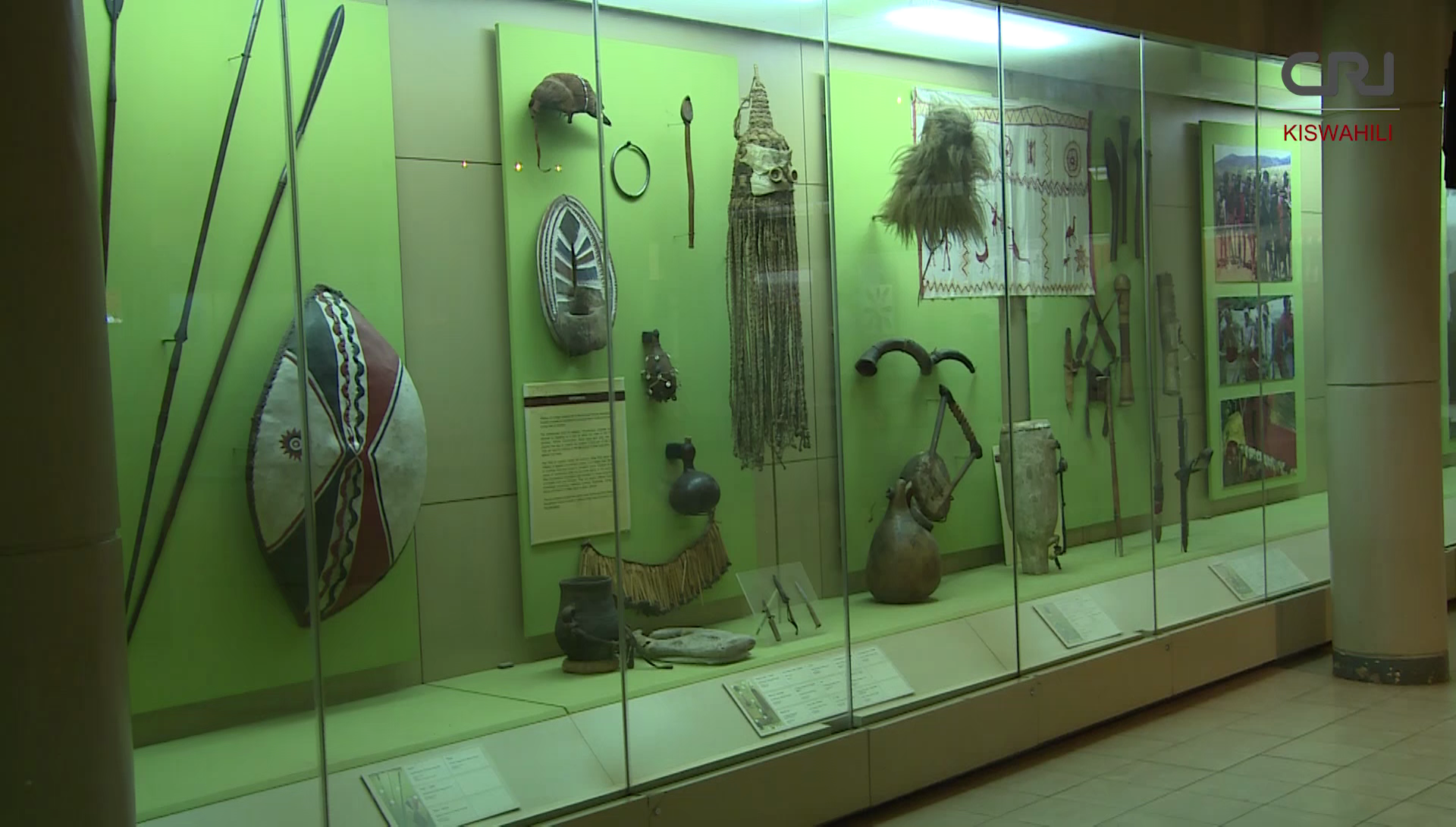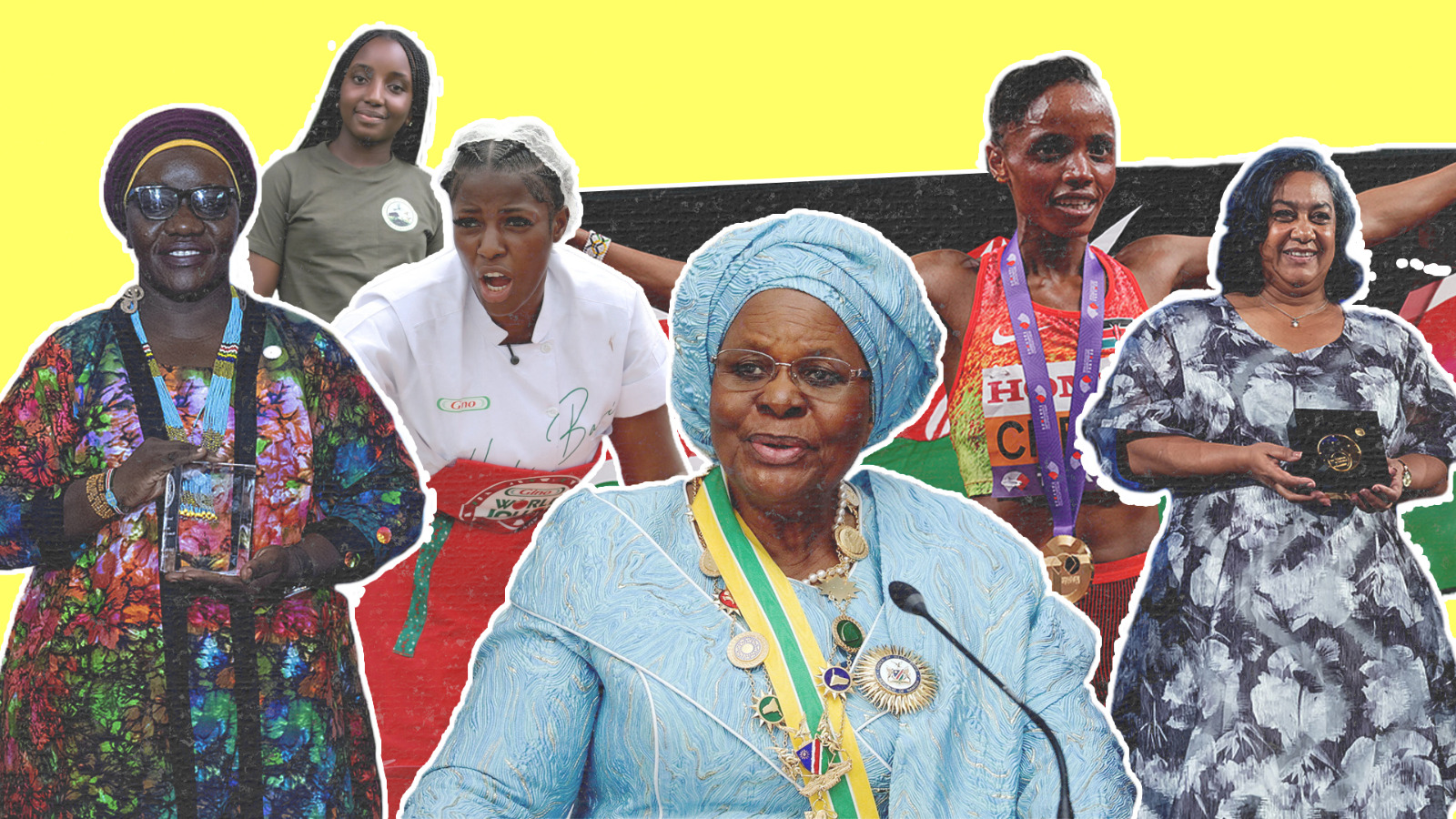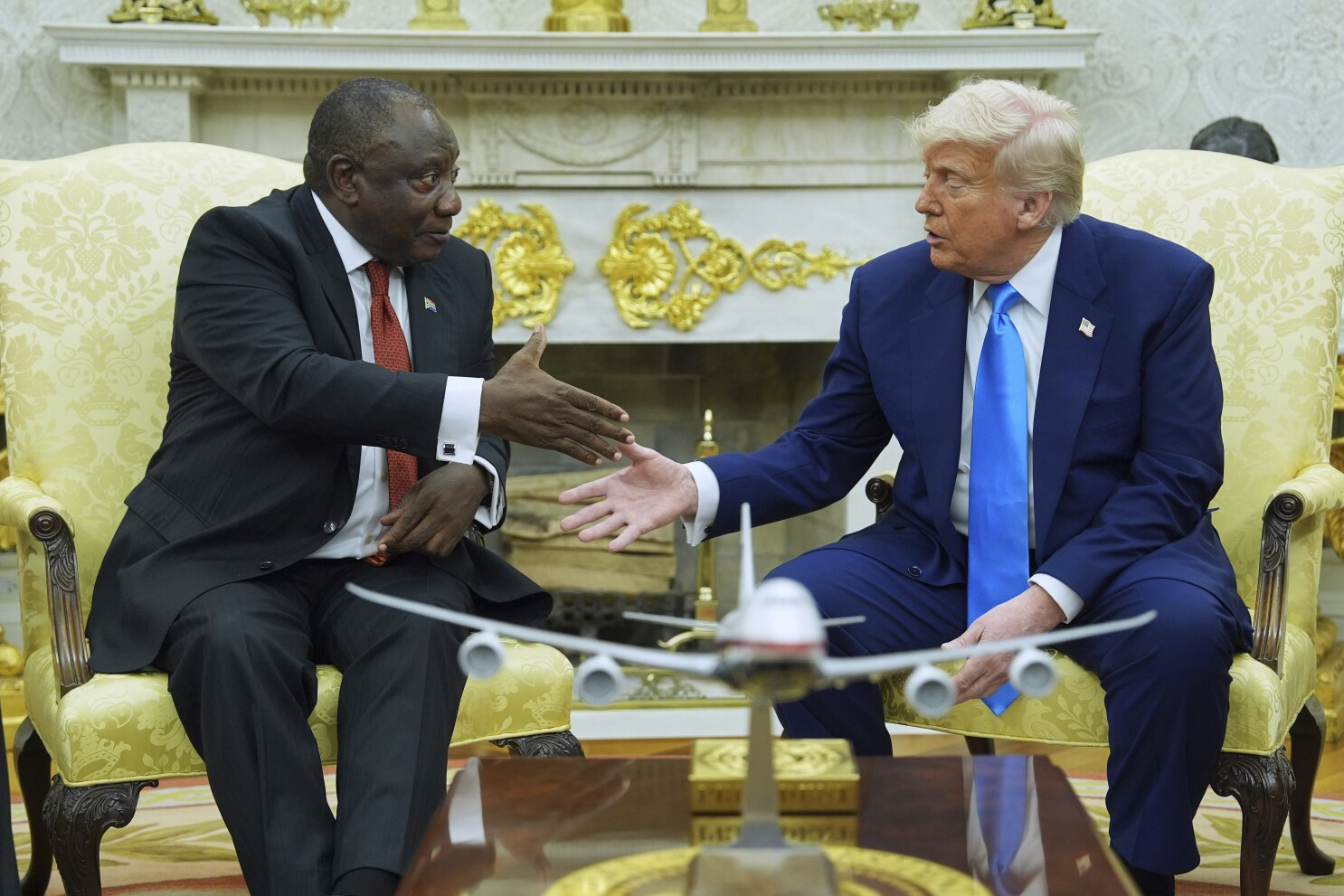
Kenya-China relationship thrives thanks to museum collaboration

By Yang Yuting, Daniel Waweru
Friday will be a very special day for art, history and museum fans.
May 18 marks the 42nd annual International Museum Day and there will numerous special exhibitions held around the world.
The International Council of Museums began the tradition in 1977 to highlight the important role museums play in society and its development.
This year, with the theme “Hyperconnected Museums: New approaches, New Publics, the ICOM is celebrating how technology is being used to create better experiences for people who visit museums in person as well as for those who visit online.
Dr. Mzalendo Kinbuja, Director-General of the National Museums of Kenya shared his understanding of this year’s theme and explained the important role museums played in the continuity of human civilization and ethnic cognition of nations.
In Kibunja’s opinion, the phrase “hyperconnected museums” not only explains the innovations generated used to attract museum visitors but also the manner in which museums all over the world should collaborate.
“There are new publics, there are people who don’t have time to go to a museum but through technology, through iPod connectivity and other things, they are able to do so,” says Dr. Kibunja. “It’s important, that in the world over we get to that point. That’s why we at the National Museums of Kenya we are digitizing all of our collections.”

Dr. Kibunja also feels it is extremely important for museums to work together to preserve history for future generations. He says a museum is “the collective memory of a nation” and one of his biggest concerns in the current conflict in Syria. Syria is one of the most ancient inhabited regions on Earth and Dr. Kibunja feels many of the historical artifacts in the region could be stolen or destroyed due to the war.
“The world is so concerned about their museums, their artifacts, because once you wipe that memory we may never know anything about Syria.”
Dr. Kibunja’s desire to preserve “collective memories” explains the close collaboration between the Nairobi National Museum and China and the need to strengthen that relationship by taking Kenyan exhibits to Chinese visitors.
“The relationship between China and Kenya is well over 600 years old,” he says. “Fortunately when they (the Chinese) came they were more interested in friendship and trade. They were not interested in exploiting us like our colonial masters, so we have a huge cooperation with museums in China in trying to retrace the steps of that 600 year connection.”
The National Museum of Kenya hopes its relationship with China will help further elevate its ranking among the top museums in Africa. Dr. Kibuinja says Chinese museums have been willing to share technology, equipment and more importantly skills in managing museums and in artifact collection and curation.
“China has a long history of managing monuments and museums, they’re doing cutting edge research and we send our staff to China to learn ways of analyzing artifacts”.
One of Dr. Kibunja’s biggest goals is to develop a travelling exhibition that he can send to China. He says the exhibit will focus on Kenya’s 42 tribes and their common ancestry.
“There may be plenty of Chinese who can’t visit Kenya but I want to give them the opportunity to see these materials that tell our common story in China.”






